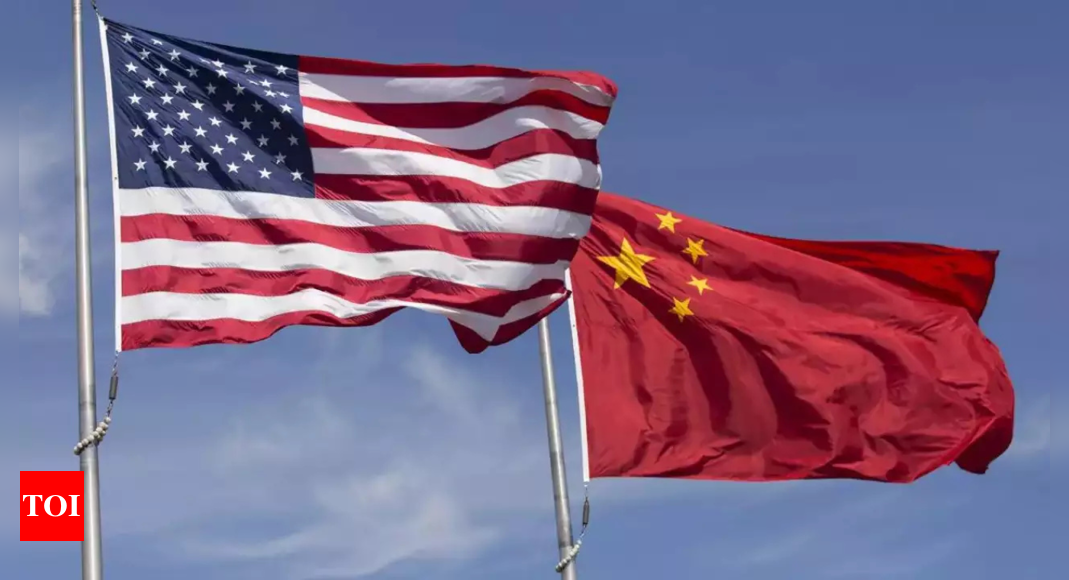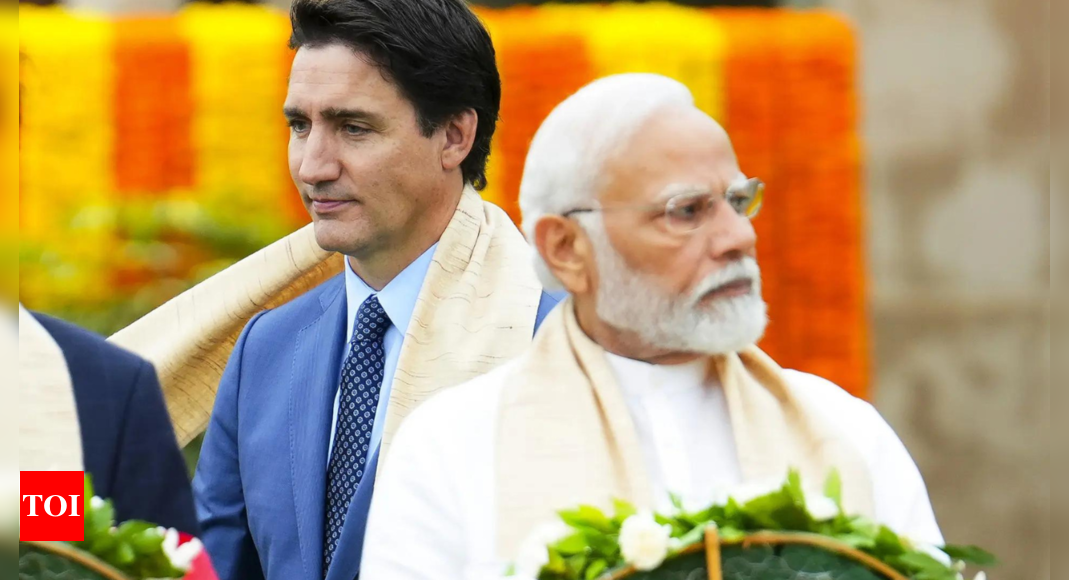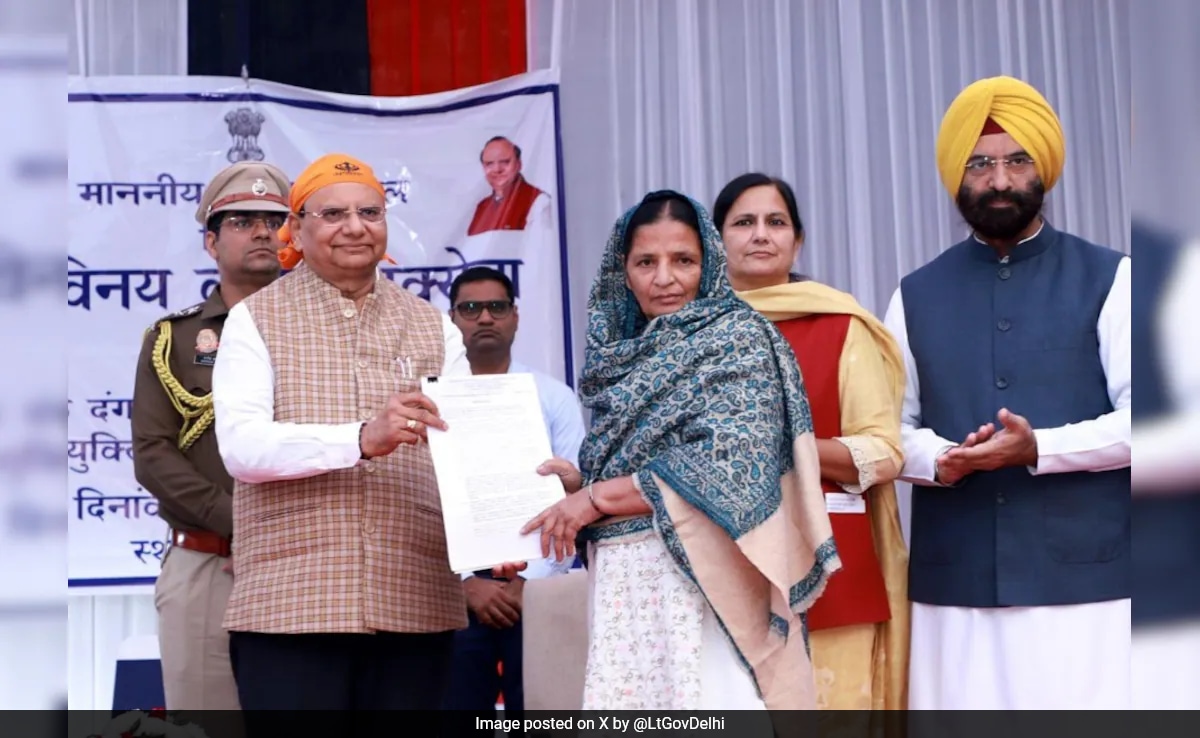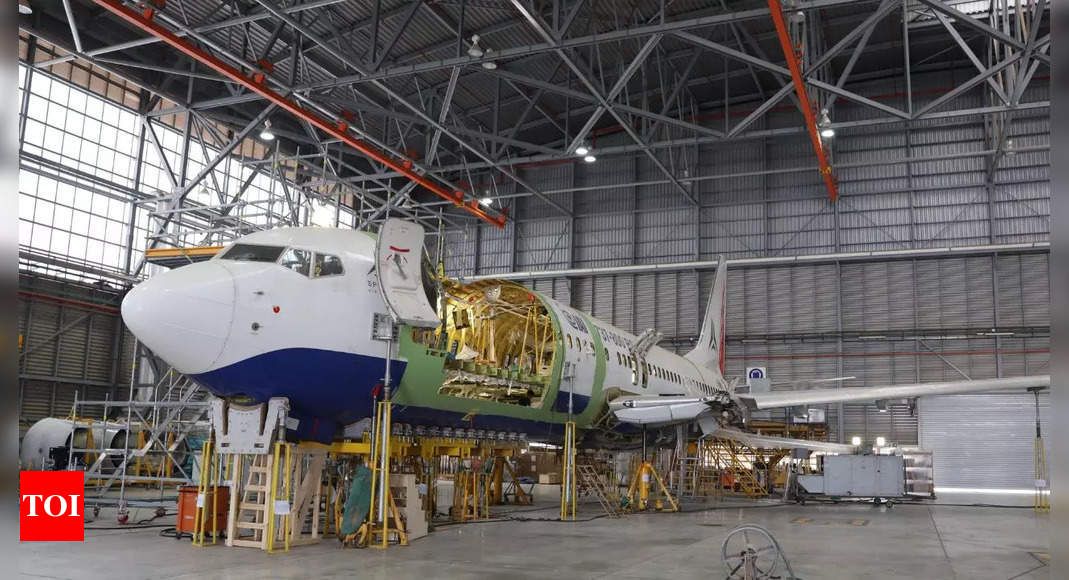
“There is a huge market for P2F conversion and that is our forte. In a first globally, we are in the process of converting Boeing 777s which can carry 100 tonnes of cargo and will be a game changer for the freighter industry. The jumbo jet (B747) freighter can carry upto 115 tonnes but that is a four-engine plane (more fuel burn). As of now, twin engine wide body freighters can carry upto 60 tonnes. So one can imagine the demand for B777 and A330 freighters,” Kuzi said.
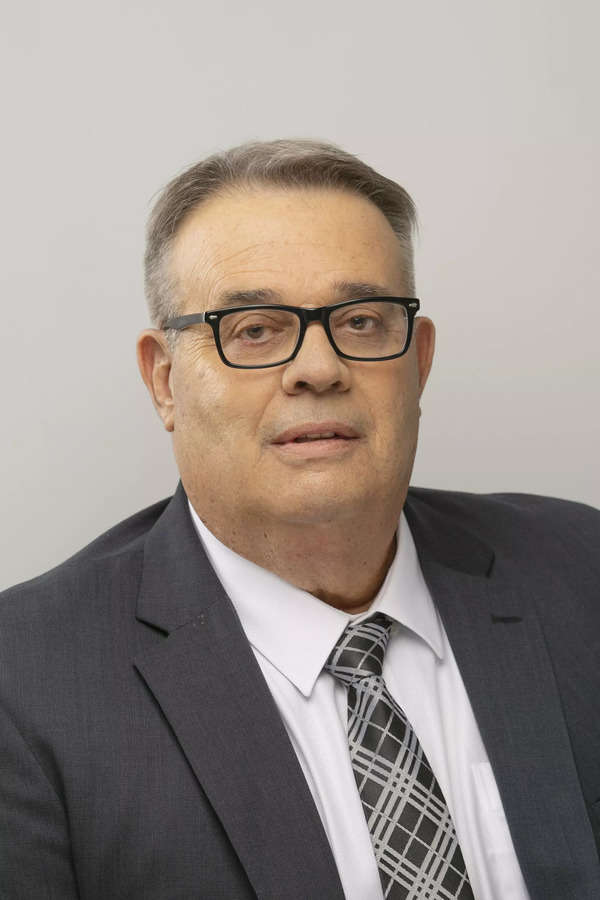
IAI, which also makes Gulfstream G280 and wings for F35 and F16, has four facilities at four sites — Abu Dhabi, South Korea and two in the US. “All these sites are full till 2027. India has the ability for having a wide body conversion facility, it has immense potential. We are in talks with HAL and one more company. There is a situation in our region (the Mid East tensions and flights to Israel are currently suspended). We need some quiet. We will like to finalise the India facility at the earliest, hopefully by the end of the year so that it gets ready in another year and become operational by 2026,” Kuzi said. HAL did not comment on this issue.
Asked about the size of investment for the India facility, he said: “It will be a few million dollars. The most important thing is human resource; training them through on the job training at our sites; a few hangars at an airport and a right partner.”
Kuzi sees a lot of demand for wide body conversion within India and also sees the facility here doing this job for global customers. “Each hangar can convert 2.1 planes annually. It takes about five months or 1 lakh man hours to convert a wide body as it’s a highly technical job. The average cost of converting one wide body is $38 million but that depends on how many planes a customer is getting for the job,” he said.
Indian carriers led by IndiGo, Air India and Akasa as of now have over 1,200 aircraft on order. The demand for engine MRO here is going to be huge. “We see no reason why IAI should not have an engine MRO in India,” he said.


